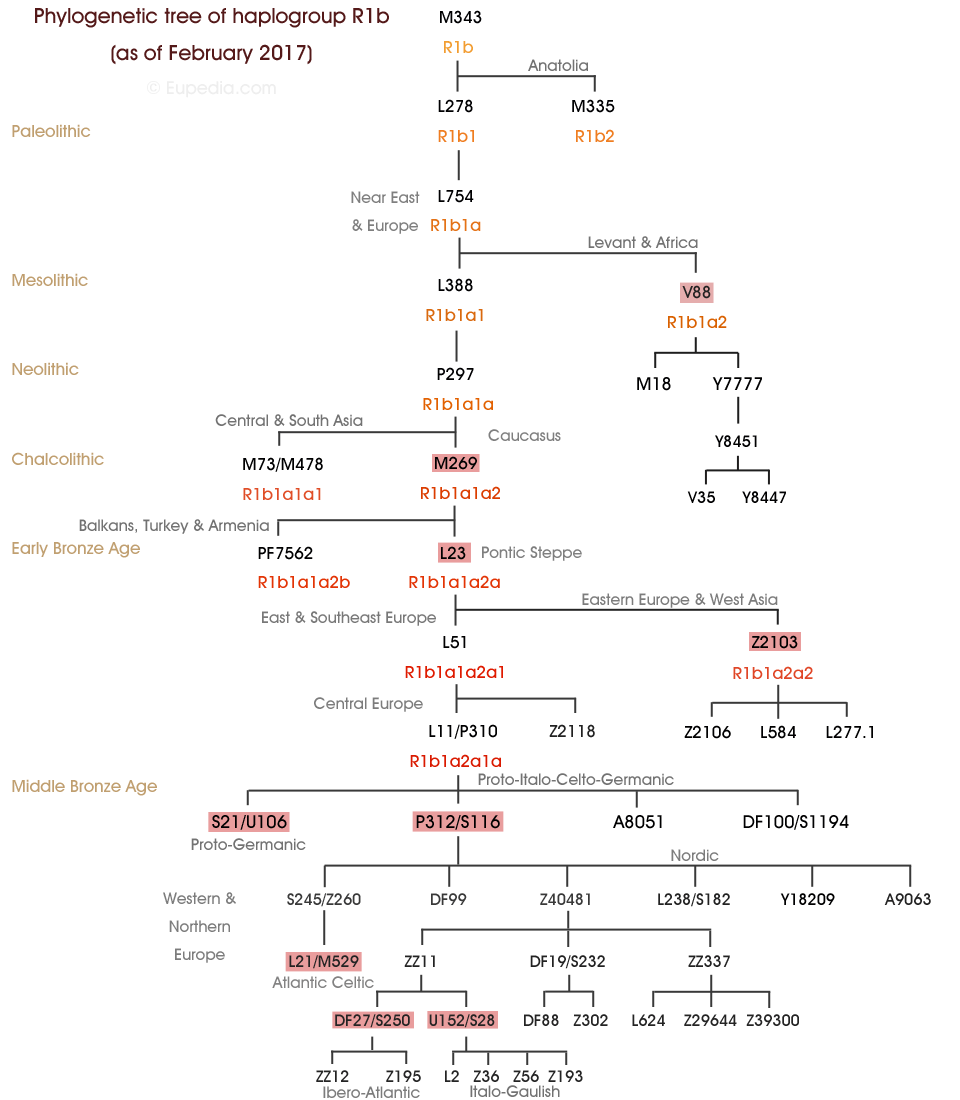Francesco
Regular Member
- Messages
- 303
- Reaction score
- 267
- Points
- 63
- Ethnic group
- Italian (tuscan)

The Genomic portrait of the Picene culture: new insights into the Italic Iron Age and the legacy of the Roman expansion in Central Italy
Background The Italic Iron Age was characterized by the presence of various ethnic groups partially examined from a genomic perspective. To explore the evolution of Iron Age Italic populations and the genetic impact of Romanization, we focused on the Picenes, one of the most fascinating...
The pre print is out. Very interesting samples, but the conclusions seem a bit weak.
1) Picenes plot very close to northern italian and have less WHG admixture than other central italian IA group (cc @Vitruvius )
2) there are clearly some samples with aegean ancestry in the late antiquity period (one also in the iron age), but they are described as "middle eastern" in the conclusions, despite being dated to the byzantine rule of the region, while there is only one proper middle eastern profile.
However, the late antiquity samples are very interesting, spanning from a iron age-like sample to an aegean profile, with modern marchigiani plotting roughly in between the two. This shift seems to have already started in the iron age, with a sample already showing a greek-like profile.
Last edited:



